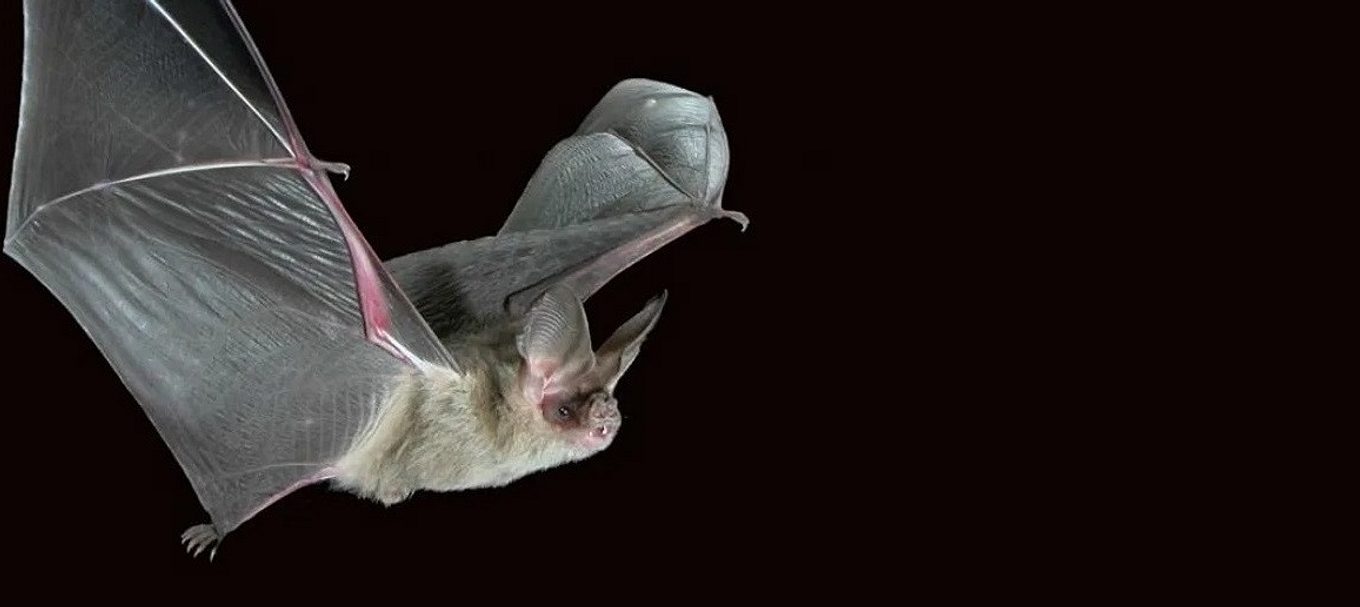
6 fast facts about the southern bent-wing bat
It may be small in size, but this critters’ biodiversity outreach stretches far beyond its wingspan. Find out more.
It’s biodiversity month – the perfect opportunity to learn more about SA’s threatened species and the unique role they play in maintaining our state’s biodiversity. We started with a look at 10 of South Australia’s lesser-known threatened species and today we’re taking a deep dive to learn about a small but mighty creature that you may not have heard of.
The Southern Bent-wing Bat (SBWB) is a native, cave-dependant bat found only in south-eastern South Australia and south-western Victoria. Here’s 6 fast fact about this unique species.
- Critically endangered species currently threatened by extinction
- Won COSMOS Australian Mammal of the Year in 2022
- The size of your thumb!
- Covered in soft, reddish-brown fur
- Name originates from having a particularity long bone along its wing, giving it a bent appearance
- An a-grade pest controller that feeds on insects like moths and crickets
Decline and threats
Since the 1950s, this critter has faced a population decline from approximately 200,000 individuals to less than 40,000. The cause for this dramatic decline hasn’t yet been singled out, but a range of threats could be to blame, including:
- habitat loss
- disease, particularly White-nose Syndrome
- introduced predators
- human disturbance
- changes in food availability due to climate change and drought
These threats are pushing the species to the brink of extinction and having huge effects on the surrounding biodiversity.
Currently, the SBWB has a restricted distribution in south-east South Australia and south-west Victoria and is limited to only 3 caves in its breeding season.
Recovery information
A National Recovery Plan for the SBWB was developed in 2020 by the State Wide Integrated Flora and Fauna Teams, which included initiatives such as:
- Estimating population numbers, survival rates and breeding success
- Determining the main cause/s of the recent decline in numbers
- Protecting the maternity sites and other key non-breeding sites
- Facilitating and promoting community interest, understanding, and participation.
So, what does a thriving SBWB population mean for us?
Despite its small stature, this bat has a big impact on the health of local biodiversity and even our economy.
This species feeds on insects known to damage crops and plants, helping our agriculture industry save big bucks on harmful pesticides. Without the bent-wing bat, local insect populations could skyrocket, stripping plants of their foliage and spreading diseases to animals.
SBWBs are also the favoured food of numerous native bird species, and if these bats were to become extinct, these birds would lose an important food source.
What can we do to help?
It’s clear that despite its size, the SBWB promotes healthy and sustainable biodiversity.
Just this year, the SBWB was identified as a priority species under the National 2022-2032 Threatened Species Action Plan - a great step forward for this microbat, but there is still a long way to go!
Here are some ways you can have an impact in protecting this special critter:
- Donate or volunteer your time with the Nature Glenelg Trust or join a local Friends of Park group to restore and revegetate SBWB habitat.
- Familiarise yourself with the guidelines for disease reporting for SBWBs in case you come across a sick or bat.
- Use the Limestone Coast Landscape Board resources to promote biodiversity and revegetate your private land.
Want to learn more about biodiversity? Check out 10 fast facts on biodiversity.





